The Pia mater is the innermost meninges and clings to the surface of the brain, where it also reaches the fine spaces between the brain convolutions (gyri) and folds (sulci). Together, the three meninges help protect the brain.The permeability of the pia mater is important for the blood-brain barrier, the exchange of substances between brain fluids and the connection to the lymphatic system.
What is the pia mater?
The pia mater is a delicate layer that consists of connective tissue and was anatomically identified 2,300 years ago.
Depending on the location, two sections of this tissue layer can be distinguished in humans: The pia mater encephali is the innermost of the three meninges and extends as the pia mater spinalis to the spinal cord. Over the pia mater encephali lies the cobweb skin (arachnoidea) and the hard meninges (dura mater). Because of its fine and thin shape, the pia mater is also known as the delicate meninges. The brain is completely enclosed by the pia mater encephali; the only exceptions are openings in the ventricles and the lateral and medial apertures.
Anatomy & structure
In the brain, the pia mater rests directly on the surface of the tissue and penetrates the spaces between the cerebral convolutions (gyri), where it also lines very small wrinkles. So that it can fulfill this task, the pia mater is thinner and finer than the other meninges.
It is internally connected to the superficial limit membrane. This is another layer of tissue, which does not originate from the meninges, but from the brain itself. The cells of the superficial limitans membrane arise from spider cells (astrocytes), which belong to the glial cells. There are only a few cells within the pia mater, but the spaces between them are larger than average.
This extracellular matrix or intercellular substance contains fibers that are mainly surrounded by proteins and sugar molecules. Fibers include different types of collagen strands as well as elastic fibers, which are composed of fibrillin and elastin and give the connective tissue special flexibility: the higher the proportion of elastic fibers, the more flexible the structure.
Function & tasks
The meninges protect the underlying tissue and stabilize the nerves and blood vessels that supply the organ with signals and nutrients. Since the pia mater can also penetrate into the narrow gaps that show up in the surface of the brain, it gives especially fine capillaries additional support. In addition, the pia mater contributes to the careful filtering of substances at the blood-brain barrier.
This barrier has a protective function and serves not only to separate blood and brain tissue, but also to ward off potentially harmful substances and pathogens that damage the central nervous system. The blood-brain barrier is selectively permeable to electrolytes, oxygen, glucose and some other substances that ensure the functionality of nerve and glial cells. Without it, the tissue would die. The delicate meninges are also connected to the lymphatic system.
Another task of the pia mater is to separate the interstitial fluid from the cerebrospinal fluid; the pia mater also forms a small part of the cerebrospinal fluid itself, although two-thirds come from the choroid plexus. Between the interstitial fluid and the cerebrospinal fluid, the permeability of the pia mater ensures that the concentration of substances in the two fluids can equalize, which leads to the same density. This alignment also helps protect the brain.
The liquor spaces between the cranial bones and the brain cushion movements and prevent the brain from hitting the cranial wall even with minor impacts and possibly suffering damage as a result. Sensory nerve cells in the pia mater transmit pain sensations that can indicate damage to innervated areas.
Diseases
Meningitis or meningitis is an infection that can be traced back to viruses, bacteria, fungi or parasites. Different types of pathogens are possible causes. Meningitis is potentially fatal; the mortality rate fluctuates very strongly and lies between 5% for meningococci in general and 80% for the elderly and small children. The symptoms are very diverse.
Often there is headache and backache, fever and severe general malaise. Nausea, vomiting, and impaired consciousness are also possible. Quantitative disturbances of consciousness such as drowsiness, unconsciousness and coma can manifest themselves as well as qualitative disturbances of consciousness, which can be accompanied by a loss of reality. Affected persons may have difficulties with spatial and temporal orientation or cannot provide precise information about themselves.
Meningitis can also lead to neck stiffness, cramps in general, cramps in the neck and back (opisthotonus), skin changes, scabbard, photophobia and papillary edema. The exact treatment depends on the underlying cause and is carried out as an inpatient, as the disease is very risky and often requires extensive measures to check and stabilize the vital functions. Even with otherwise successful treatment of meningitis, permanent damage can remain.
In bacterial forms of meningitis, this is the case in around 50% of those affected. The possible sequelae include retrograde amnesia, motor difficulties, and sensory and sensory perception disorders. The severe consequences include vegetative state or apallic syndrome, which is characterized by inactivity of the cerebrum.

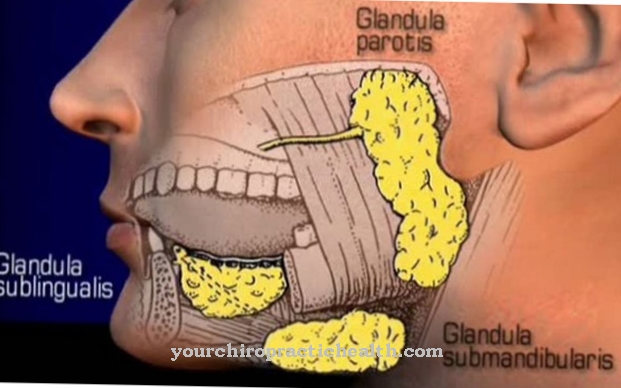
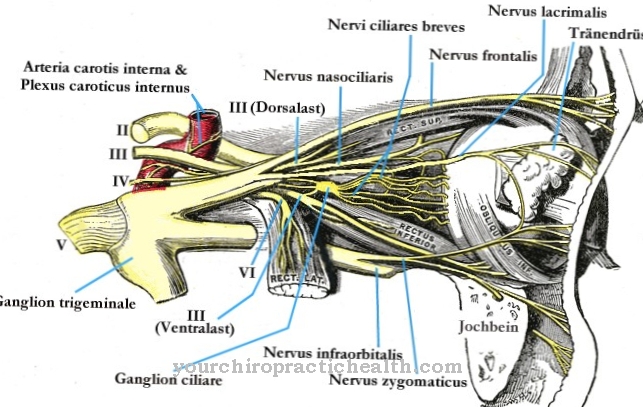
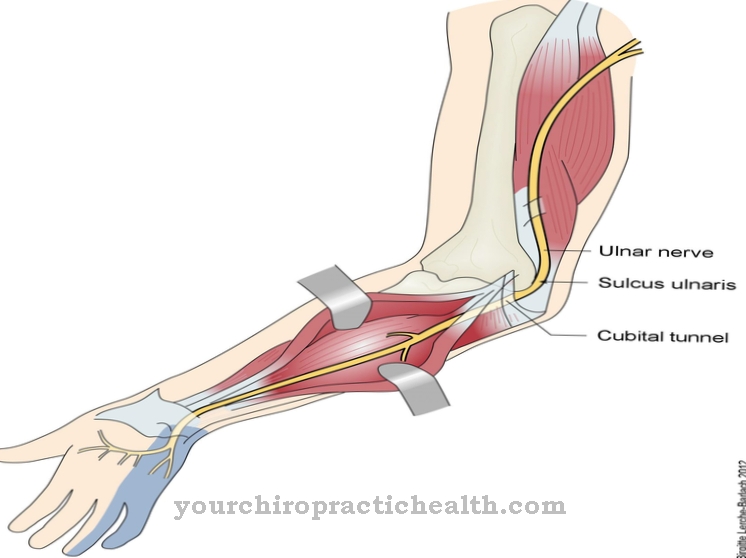
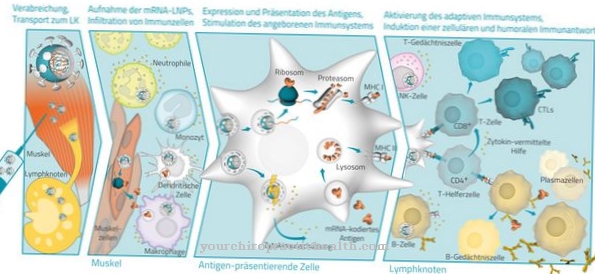
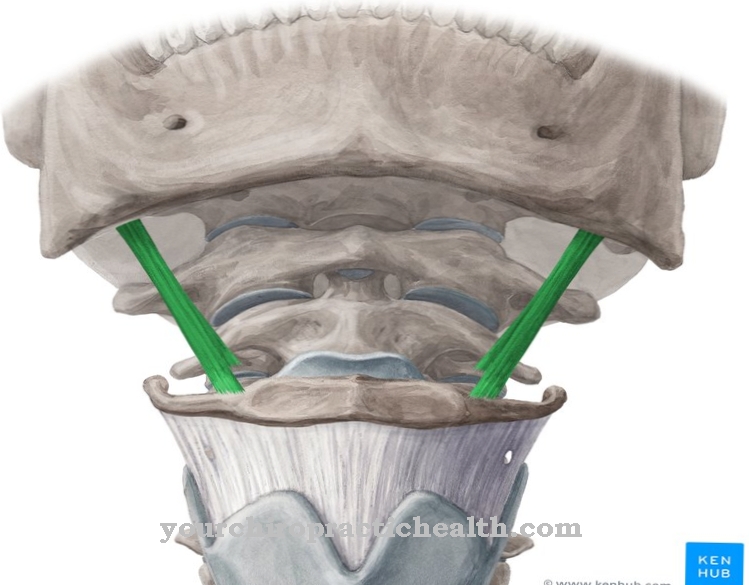


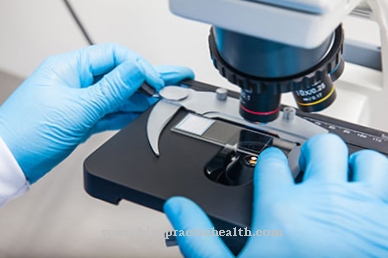

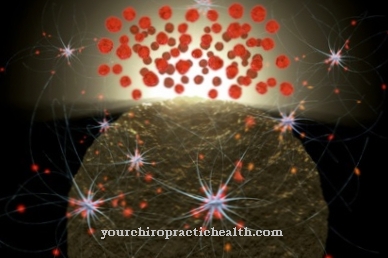

.jpg)

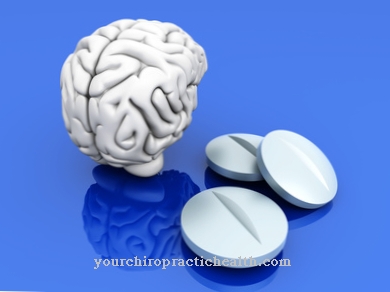

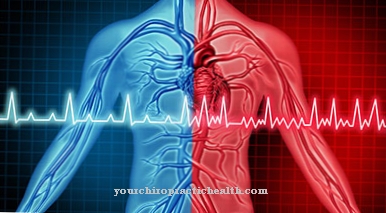


.jpg)

.jpg)
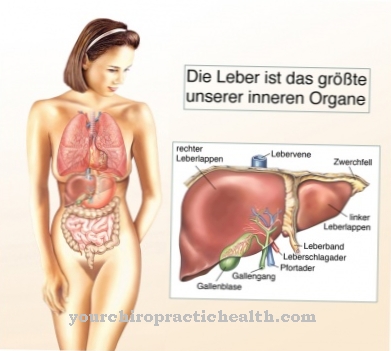

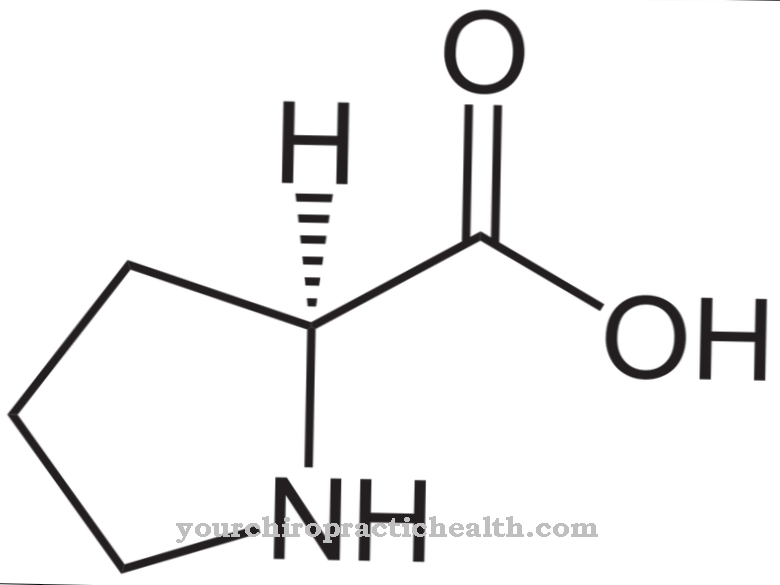

.jpg)

